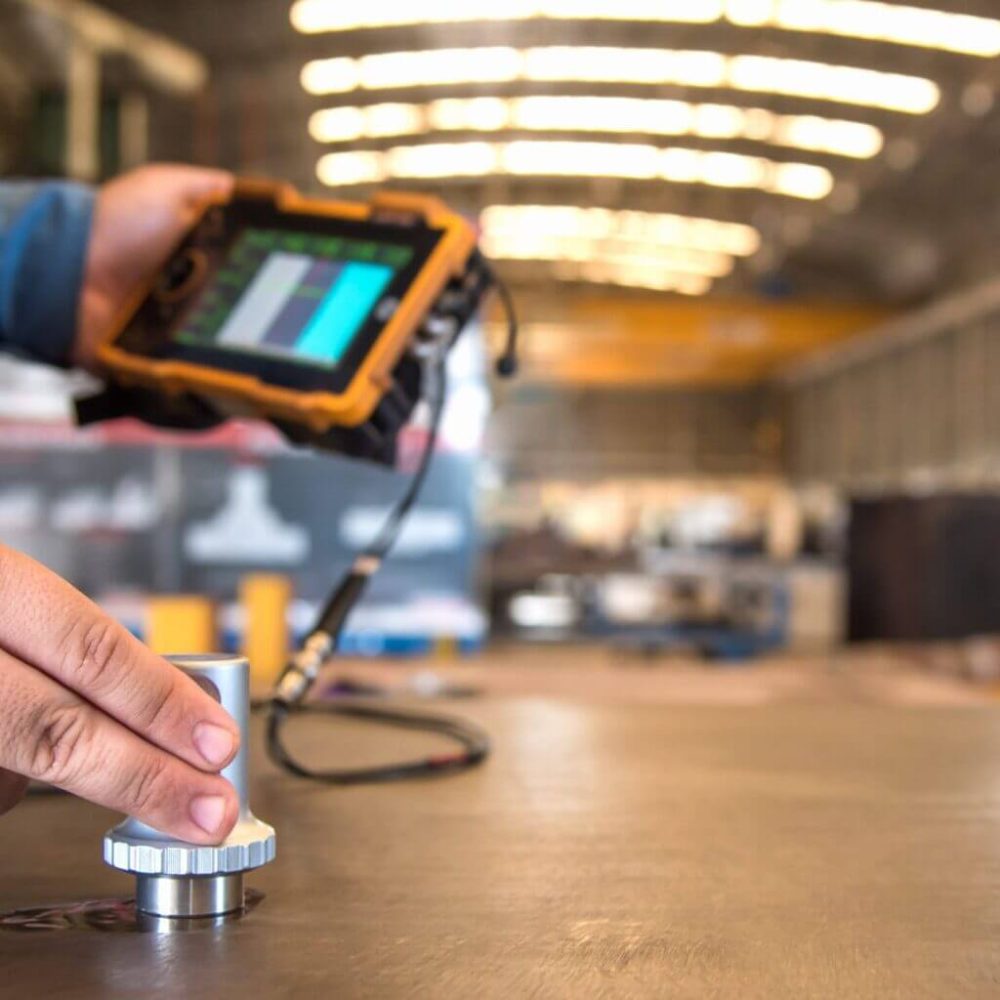What is NDT (Non-destructive Testing)?
Non-destructive testing (NDT) refers to a group of testing techniques used to evaluate the properties and integrity of a material, component, or structure without causing any damage to it. It allows for the assessment of a part’s characteristics without compromising its functionality or usefulness.
NDT refers to an array of inspection techniques that allow inspectors to collect data about a material without damaging it.
NDT stands for Non-Destructive Testing. It refers to an array of inspection methods that allow inspectors to evaluate and collect data about a material, system, or component without permanently altering it.
In the field, NDT is often used as an umbrella term to refer to non-destructive inspection methods, inspection tools, or even the entire field of non-destructive inspections.
For commercial applications, the goal of NDT is to ensure that critical infrastructure is properly maintained in order to avoid catastrophic accidents.
While NDT methods are typically associated with industrial use cases, like inspecting weak points in a boiler at an oil refinery, uses in medicine are actually some of the most common.

Type of Tests in a Non-destructive Testing (NDT)
- Ultrasonic flaw detection
- Ultrasonic thickness gauging
- Magnetic particle flaw detection
- Dye-penetration test.

Ready to talk?
We are here to assist you with any inquiries or support you may need. Please feel free to reach out to us through any of the following methods.

